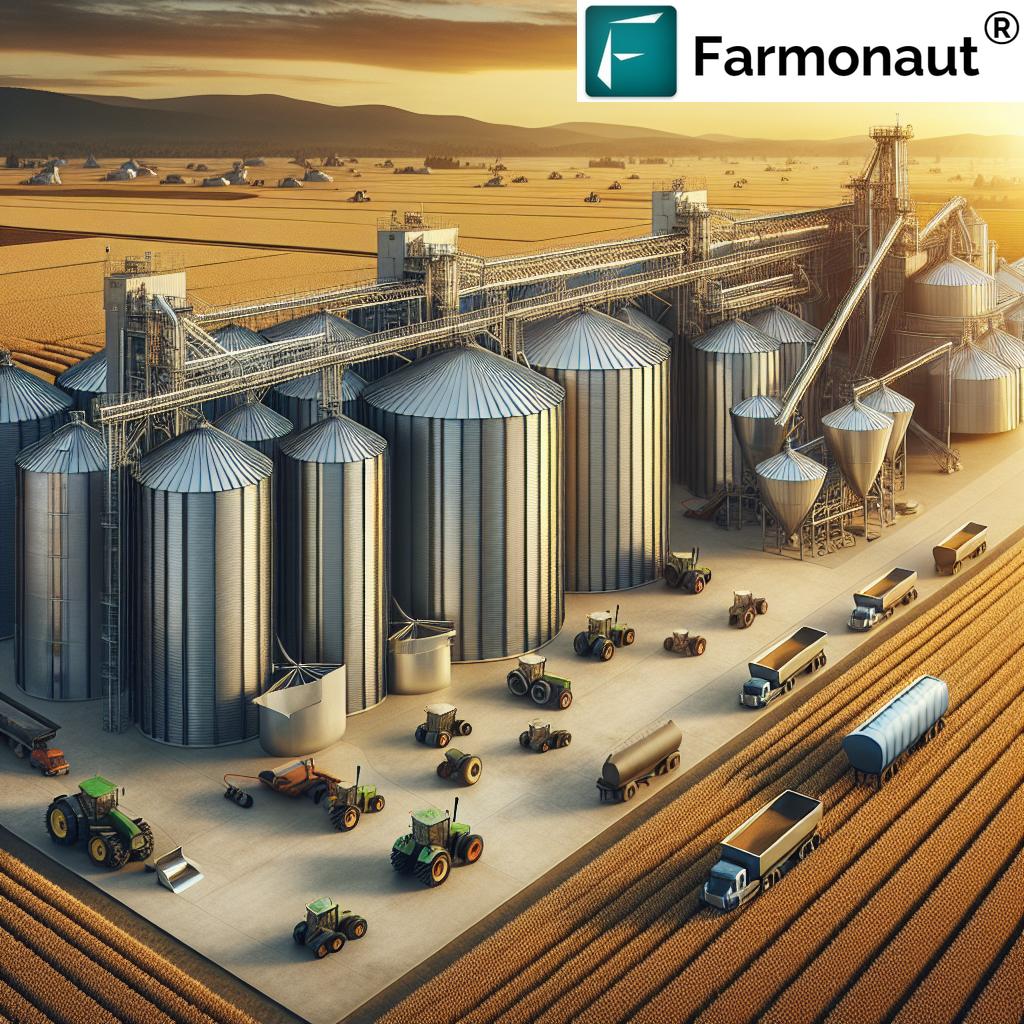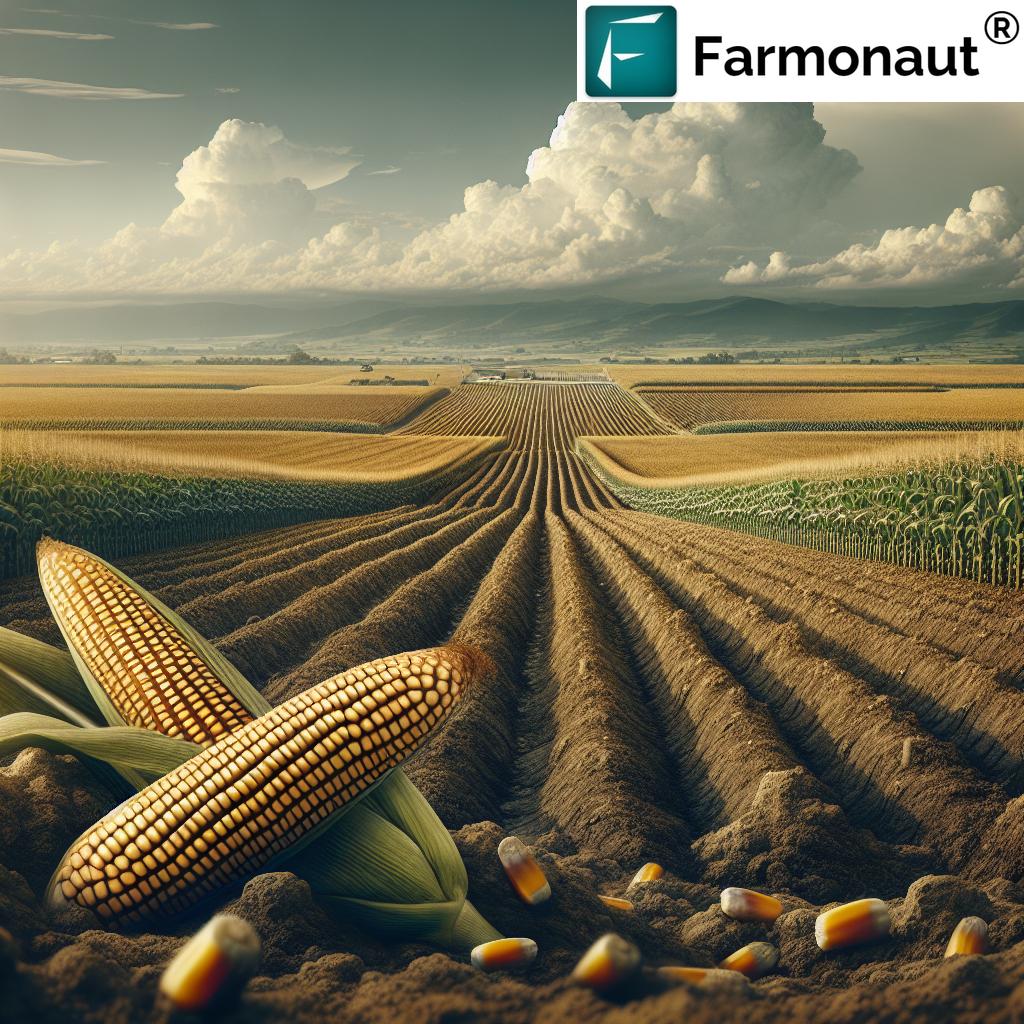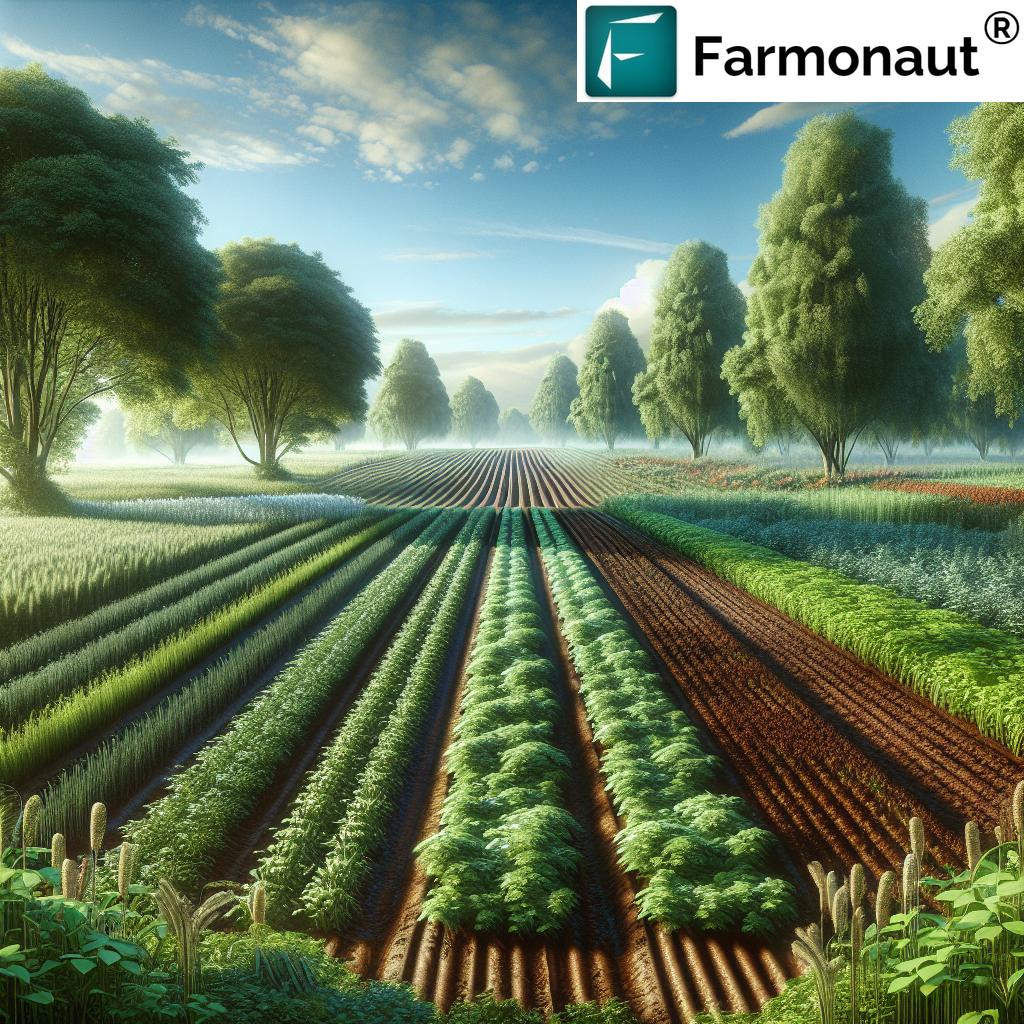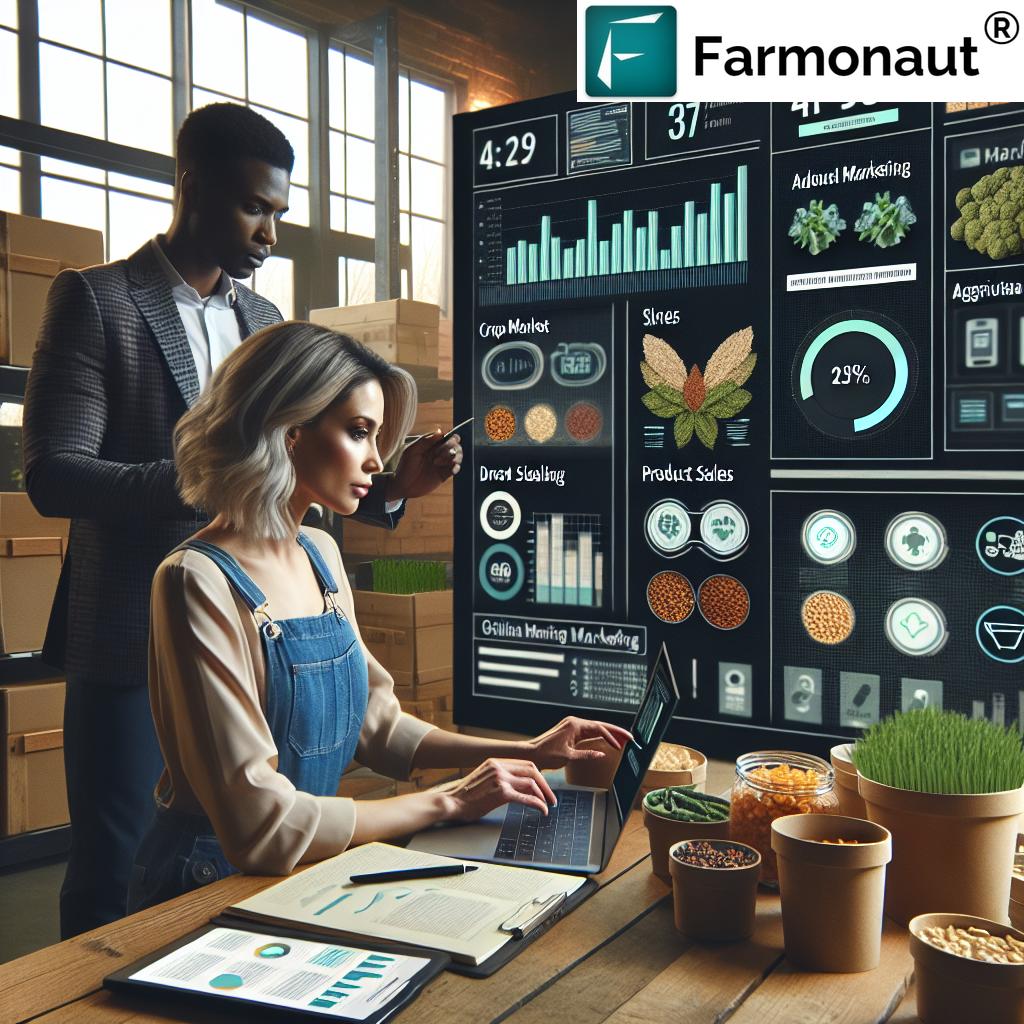Farming Indoors: Top Indoor Farming LED & Jobs 2025
“By 2025, the global indoor farming market is projected to exceed $24 billion, driven by LED technology advancements.”
Introduction: The Evolution of Farming Indoors for 2025
As the global population continues to rise, the agricultural sector faces increasingly significant challenges. With arable land becoming scarce, climate change intensifying, water scarcity looming, and soil degradation accelerating, traditional agriculture finds itself at a crossroads. Enter farming indoors: a transformative approach that is revolutionizing food production through advanced technologies, notably indoor farming LED lighting. By 2025, the future of indoor farming is set to change global sustainable agriculture, offering a resilient solution for food security and climate resilience.
In this blog, we will explore how farming indoors—powered by innovations such as LED lighting, controlled environment systems, intelligent automation, and robust data analytics—is becoming both an integral part of worldwide food strategies and an engine for job creation. We will also highlight how these innovations directly contribute to environmental sustainability, resource efficiency, and urban agriculture growth. Whether you are a policymaker, entrepreneur, scientist, or eco-conscious consumer, understanding the opportunities in farming indoors is more crucial than ever as we move towards 2025 and beyond.
Understanding Indoor Farming: Techniques and Benefits
Farming indoors refers to the practice of growing crops and produce within enclosed, controlled environments, such as greenhouses, containers, warehouses, or specially designed indoor facilities. This approach breaks the dependency on external climatic factors, enabling consistent yields that are not affected by shifting weather patterns or seasonal limitations. Indoor farming has emerged as a transformative model, redefining traditional agriculture to deliver fresh fruits, vegetables, and herbs throughout the year in any location, including urban city centers.
The primary methods used in indoor agriculture include:
- Vertical Farming: Stacking crops in vertically inclined layers, drastically increasing the amount of produce grown per square meter of area. This is especially efficient in urban settings where land is limited.
- Hydroponics: Growing plants without soil, using mineral-rich water solutions. This method dramatically reduces water usage compared to conventional agriculture.
- Aeroponics: Suspending plants in the air and misting roots with nutrient solutions, allowing optimal oxygenation and growth efficiency.
- Aquaponics: Combining fish farming (aquaculture) with plant cultivation (hydroponics), creating a self-sustaining system that utilizes fish waste to feed plants and plants to purify water.
The main benefits of farming indoors include:
- Year-round crop production—independent of geographical or seasonal limitations
- Enormous water savings—up to 90% less water used versus traditional farming methods
- Dramatic reductions in the need for harmful pesticides and herbicides through controlled, pest-free environments
- Minimized supply chain emissions by producing food closer to urban populations
- Consistent quality and higher yields with precise control over growth factors (lighting, water, nutrients, temperature, humidity)
Farmonaut’s satellite-based monitoring platform is designed to support indoor farmers in efficiently managing their facilities. Our large-scale farm management solution empowers operators with real-time crop health, water usage analytics, and climate data, ensuring optimal performance and sustainability even in complex indoor and vertical systems.
The Role of Indoor Farming LED: Revolutionizing Crop Production
A primary breakthrough propelling indoor farming into the future is the advancement in indoor farming LED lighting. Unlike traditional greenhouse high-intensity discharge, sodium, or fluorescent lamps, LEDs are:
- Customized for plant photosynthesis: Providing specific wavelengths that optimize growth, flowering, and fruiting
- Cool-running and energy-efficient: Generating much less heat, lowering the need for costly climate control and enabling closer plant spacing for maximized output
- Highly tunable, supporting spectrum adjustment for different growth phases and crop types
- Long-lasting and commercially viable with average lifespans far exceeding traditional bulbs (50,000–100,000 hours)
- Integratable with smart controls and IoT systems, enabling autonomous, data-driven lighting schedules
With these innovations, indoor farming LED technology in 2025 makes farming indoors more energy–efficient, sustainable, and affordable, while spurring new job markets for LED manufacturers, horticultural specialists, lighting system designers, and smart farm operators.
For those prioritizing carbon reduction and regulatory compliance within their indoor farms, we offer carbon footprinting solutions. This helps track and reduce emissions in line with stringent 2025 sustainability goals, making sure your farming operations lead the way in environmental responsibility.
“LED-based indoor farms can use up to 70% less water than traditional agriculture, promoting sustainable food production.”
LEDs are not just about energy savings or production boosts; they are also catalysts of a new wave of employment opportunities and social transformation. As the future of indoor farming unfolds, professionals who master lighting systems, data-driven crop management, and hybrid energy solutions will play pivotal roles in urban and rural food security.
Our fleet management solutions let you optimize logistics for indoor farms. These tools help manage mobile farming units, monitor energy and water use, and streamline the movement of produce from facility to market, aligning with the highly automated nature of 2025’s agriculture employment landscape.
Indoor Farming Jobs: The New Era of Agriculture Employment
The rise of farming indoors has emerged as a dynamic solution, redefining job markets and generating new employment opportunities across the agriculture and technology sectors. The future of indoor farming isn’t just about plants and food; it’s about people—from urban scientists to robot technicians, system managers, and sustainability officers.
Key job roles and opportunities include:
- LED Lighting Technicians—experts at configuring and maintaining advanced lighting setups for maximum crop yield and energy efficiency
- Vertical Farm Operators—managers of multi-layered growth systems who oversee crop cycles, environmental controls, and logistics
- Hydroponic/Aquaponic Technologists—specialists in soilless farming methodologies and water resource efficiency
- IoT & Automation Engineers—designers and maintainers of smart environmental sensors, robotics, and AI-driven controls for scalable, precision farming
- Plant Scientists and Agronomists—researchers focused on optimizing indoor crop genetics, nutrient requirements, and resilience to disease
- Data Analysts—interpreting vast environmental and crop performance datasets to recommend real-time improvements
Indoor farming jobs are estimated to grow by over 20% in leading agricultural economies by 2025, especially in urban areas where vertical farms and high-tech agri facilities are increasingly common. As these farming indoors systems expand, the demand for knowledge-based, technology-savvy professionals will only increase—making this field highly attractive for the next generation of students, engineers, and entrepreneurs.
We also empower agricultural businesses seeking modernization and digitization at scale with our API for agricultural monitoring. This enables seamless integration of indoor farming analytic data into any existing workflow or digital application.
- API developer? See our API developer documentation for details.
Economic and Environmental Impacts
The economic case for farming indoors is compelling—by balancing efficiency, risk reduction, and environmental stewardship, indoor farming technologies are set to generate both profit and resilience, not just produce.
- Investment and Job Creation: By 2025, global investments in urban and indoor farming are skyrocketing, supported by both public and private sector funds. This unleashes a wave of new jobs in engineering, data science, agri-tech, logistics, and retail.
- Resource Efficiency: Indoor farming systems dramatically reduce input needs—less land, water, fertilizer, and energy per unit of food produced, driving higher profit margins.
- Climate Resilience: Farms are now equipped to withstand external shocks (drought, flood, extreme temperatures), ensuring food supply even in unstable weather years.
- Environmental Stewardship: By eliminating field runoff, reducing transportation emissions, and supporting carbon tracking and traceability, indoor farming aligns with global sustainability standards.
Our blockchain-based traceability greatly enhances transparency and trust for indoor farms, documenting every step of the food’s journey from facility to plate—essential for compliance and marketing in 2025’s agricultural landscape.
Eco-conscious indoor farms can further reinforce their environmental credentials by leveraging our carbon footprinting analytics, automating compliance and shaping communication with stakeholders and regulators.
Indoor Home Farming: Sustainability in Every Household
The future of indoor farming is not limited to industrial-scale operations. The trend of indoor home farming is empowering urban dwellers and suburbanites alike to produce fresh food in their own living spaces, balconies, rooftops, or basements. Consumers increasingly value traceability, year-round freshness, and low food miles—driving growth in modular farming systems designed for the home.
Advantages of indoor home farming in 2025 include:
- Greater control over grown food ingredients (pesticide-free, local, organic)
- Significant water savings and lower household food bills
- Reduced dependence on global supply chains—key for climate or geopolitical disruptions
- Boosts local resilience and builds food literacy
For those looking at indoor home farming in metropolitan environments, vertical hydroponic towers with smart, app-connected LEDs are increasingly accessible, even for beginners.
We provide highly detailed crop advisory and plantation management tools for individuals and small groups via our crop plantation and forest advisory app, bringing satellite insights and best-practice horticulture to any scale.
The Future of Indoor Farming: 2025 and Beyond
As we look to 2025 and beyond, the future of indoor farming is shaped by rapid advancements on multiple fronts:
- AI-driven analytics for real-time plant health monitoring and predictive yield modeling
- IoT-enabled sensors and automated climate control adjusting lighting, nutrients, and humidity based on live data
- Autonomous robotics for seeding, transplanting, harvesting, and packaging within vertical farming systems
- Blockchain traceability guaranteeing transparent, tamper-proof food supply chains
- Integration with renewable energy (solar panels & battery systems) to drive down operating costs even further
- Urban building integration, incorporating vertical or stacked farms into skyscrapers, vacant lots, and warehouses—pioneering edible city projects
Our Jeevn AI advisory system uses satellite and AI-driven insights to promote productivity, environmental compliance, and smart climate strategies for all indoor and vertical farms.
The journey toward farming indoors as an integral element of global food security strategies is accelerating:
- Governments are investing in research and acceleration programs to democratize access to advanced indoor solutions.
- Universities and research institutes are developing new crop varieties and optimal production protocols tailored for indoor agricultural environments.
- Private sector and startups are pouring resources into intuitive, modular, and scalable indoor farming systems.
Our crop loan and insurance verification tools help financial institutions streamline the adoption and financing of indoor farm operations, reducing barriers and enabling entrepreneurial growth in this sector.
Top Indoor Farming LED Technologies & Estimated Impact (2025)
LED lighting is the lynchpin of indoor farming success. Below is a comparative overview of the most impactful LED technologies leading the trend in 2025, supporting energy efficiency, yield improvement, and job creation in the new agricultural economy.
| LED Technology Name | Estimated Energy Efficiency (%) | Estimated Crop Yield Increase (%) | Average Lifespan (hours) | Estimated Initial Cost (USD) | Relevant Job Roles Created |
|---|---|---|---|---|---|
| Full Spectrum LED Panels | 70–78 | 25–35 | 50,000–60,000 | $2000–$5000 | LED Technician, Farm Operator |
| Far Red/Blue Enhanced LEDs | 75–80 | 30–40 | 55,000–65,000 | $2500–$6000 | Horticulture Specialist, Lighting Designer |
| Smart Tunable Spectrum LEDs | 82–88 | 40–50 | 65,000–80,000 | $3500–$8500 | IoT Engineer, Automation Technician |
| Quantum Dot (QD) LEDs | 85–92 | 45–55 | 70,000–90,000 | $4000–$9500 | Plant Scientist, Vertical Farm Manager |
| OLED Panels (Emerging) | 77–84 | 18–25 | 30,000–45,000 | $3500–$8000 | Lighting Specialist, Farm Maintenance Crew |
Frequently Asked Questions: Farming Indoors (2025)
Farming indoors involves growing crops within completely controlled, often fully enclosed environments—such as warehouses or modular containers—using advanced technologies (including LEDs, sensors, and hydroponic/aquaponic systems). Traditional greenhouses use natural sunlight and may rely on less advanced environmental controls, making indoor farming more resilient and productive year-round.
Q2: How do indoor farming LED lights boost crop growth and reduce energy usage?
Indoor farming LED lights provide plants with precise wavelengths that optimize photosynthesis and growth, without wasting energy on unnecessary light spectrums. LEDs also emit less heat, allowing for denser plant spacing and reduced HVAC costs, achieving up to 80% higher energy efficiency than legacy lighting.
Q3: What are the most in-demand indoor farming jobs for 2025?
The most sought-after roles include LED lighting technician, vertical farm manager, hydroponic specialist, IoT/automation engineer, plant scientist, and data analyst. Organic compliance officers and blockchain traceability specialists are also emerging as vital for sustainable indoor food production.
Q4: Are indoor controlled environment farms better for the environment?
Yes, controlled environment farms use drastically less land and water, nearly eliminate pesticide/herbicide run-off, and reduce logistics carbon emissions by producing food closer to consumption centers. Technologies like blockchain traceability and carbon footprinting further enhance sustainability and consumer transparency.
Q5: What tools does Farmonaut provide for indoor or vertical farms?
We offer satellite-driven environmental tracking, AI-powered advisory systems, traceability via blockchain, carbon footprint analytics, and fleet/resource management tools—all integrated through app and API platforms for both individual and enterprise users.
Q6: Is indoor home farming economically viable for the average urban household?
By 2025, home-sized indoor farming setups—including hydroponic towers and compact LED kits—are affordable, space-saving, and offer substantial long-term savings on fresh produce while reducing ecological impact.
Q7: How does technology optimize crop loans and insurance for indoor farming businesses?
Satellite insight-backed loan and insurance verification, like our system at Farmonaut, accelerates approvals, reduces fraud, and ensures data-driven valuation for both insurers and borrowers targeting indoor farm ventures.
Conclusion: Embracing Sustainability with Indoor Farming
Farming indoors is no longer a futuristic fantasy—it is a scalable solution addressing some of the world’s most pressing agricultural challenges. With LED technology at its core, expanded employment opportunities, and substantial environmental benefits, indoor agriculture is positioned to revolutionize food production and resilience by 2025. As urbanization accelerates and climate unpredictability increases, only those systems that blend sustainability, technology, and eco-innovation will thrive.
Our mission at Farmonaut is to make satellite-driven indoor farming solutions affordable, scalable, and actionable for all—from small-scale operators and urban entrepreneurs to large corporate and government institutions. By integrating real-time monitoring, blockchain traceability, AI advisory, and resource management, we empower farmers and agri-technologists to make smarter decisions, optimize operations, and ensure food security—responsibly.
Indoor, vertical, and controlled-environment farming isn’t just a passing trend. It is the foundation for a resilient, sustainable global food system. To learn more about how Farmonaut’s technologies support this transformation—or to get started on your own digital farming journey—download our app or launch the web platform today.
Explore the future of sustainable, efficient, and resilient agriculture—where every LED light brings us closer to a cleaner, greener, and more food-secure world in 2025 and beyond.












